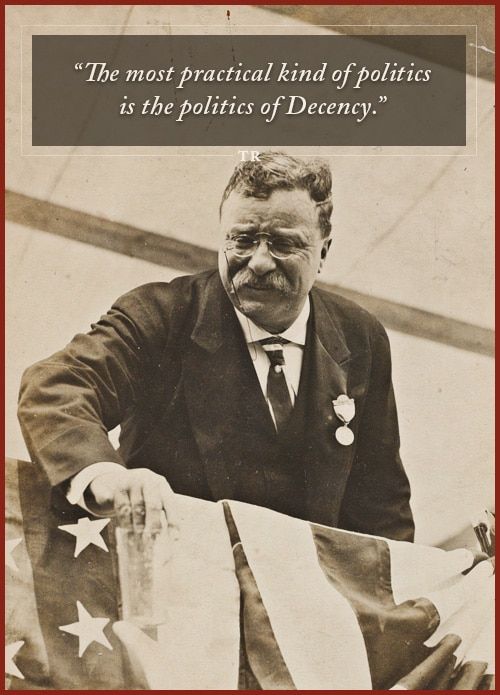At the beginning of the coronavirus pandemic, I called it “America’s moment” and urged a military-style response. The American people’s acceptance of the initial lockdown and social distancing measures showed a community spirit that many thought lacking in today’s society. In the end, we met the moment in a uniquely American way – through technological innovation resulting in effective vaccines that would allow us to resume a normal life. Now the resistance to those vaccines risks wasting this moment because of a combination of political pique and selfish independence.
Anti-vaxxers like to seize on the inherent uncertainties of the “fog of war” to quibble with statistics while ignoring the obvious. It is a fact that COVID cases and hospitalizations are rising significantly among the unvaccinated population for the first time in months due to the new Delta variant. If you’re above 30 years of age, you have a significantly higher risk of hospitalization or death if unvaccinated. Moreover, while breakthrough infections are possible, the evidence suggests that persons vaccinated with the Pfizer or Moderna vaccines are less likely not only to acquire the original disease and its variants, but are also less likely to transmit it to others.
Unfortunately, former President Trump and some governors are catering to the anti-vaxxers by opposing or even banning mask and vaccination mandates by local governments and private businesses trying to protect their citizens and continue the return to normal. A better response would be to encourage vaccinations by enacting a federal worker’s compensation system that would protect workers who have a fear (however much it’s been hyped) of a reaction to the vaccine. Such a system would also insulate businesses from potential legal liability so they can continue to operate normally.
Vaccination refuseniks espouse a warped sense of American independence to justify a response that endangers their fellow Americans. They seek to assert their “independence” by exposing themselves and their fellow Americans to painful and expensive hospitalization and even death. They also jeopardize the normalization of everyday life they claim to crave. As TR said above, a free people must exercise their freedom responsibly. I challenge all of the unvaccinated to look into Roosevelt’s eyes and tell him why they should be allowed to so endanger their fellow Americans and the American example to the world.



